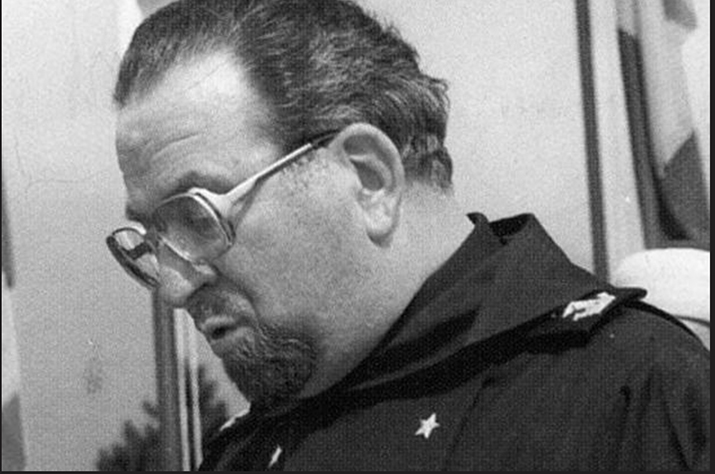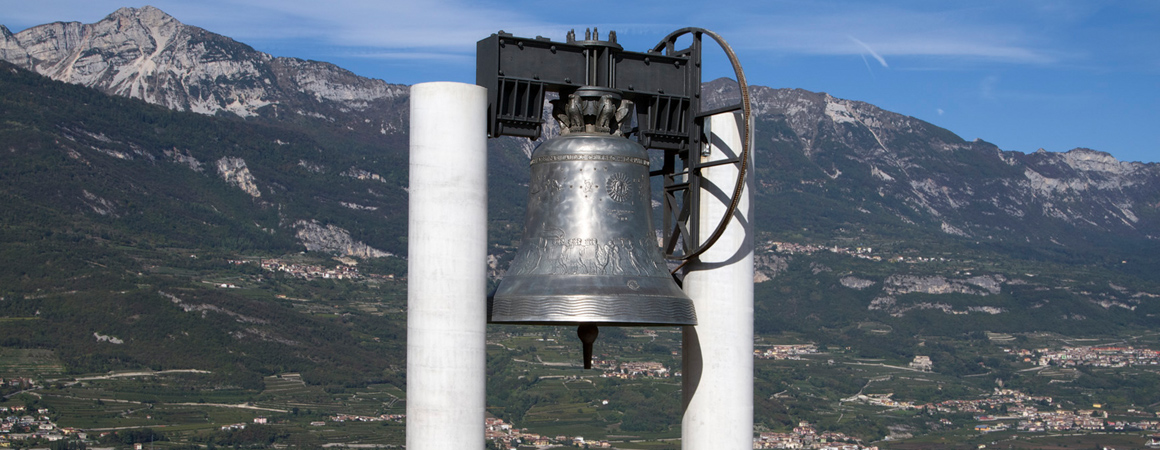FOR WHOM THE BELL TOLLS - P15
After the death of Don Rossaro and a year of vacancy, on May 15, 1953, the Opera Campana dei Caduti appointed Capuchin Father Eusebio Iori as regent, at the request of the Municipality of Rovereto and the Military Ordinariate for Italy. The main reason for this was the help he had given to prisoners freed from concentration camps, providing not only essential goods but also job opportunities to facilitate their social reintegration. More pragmatic than his predecessor, Father Iori, born in 1918, was a man of action, with a clearly socially oriented approach. He had joined the Capuchins at a very young age and became a priest in 1942. The following year, he was already military chaplain of the 4th Legion of the Guardia di Finanza in Trento. One of his first initiatives, the symbolic value of which cannot be overlooked, was to celebrate Christmas Mass in the little church at the Brenner Pass in 1953, involving soldiers from armies that had fought against each other. The intention was to foster dialogue and overcome national barriers, and somehow it worked. Repeated over the years, the celebration ended up spreading a message of peace that also brought international accolades, such as honorary citizenship of Innsbruck and the Austrian Republic Cross of Merit.
The religious vocation of the Capuchin from Revò was constantly exercised through concrete, specific projects: few grand statements, many actions. In this sense, the restoration of the Basilica of San Lorenzo in Trento—a Romanesque gem that had lain abandoned for nearly two centuries—can almost be considered a real achievement.
Some wanted to tear it down to build new housing. But things went differently. Father Iori managed to involve the municipality and various organisations in the project. And the funding needed was secured. In 1955 the work was completed. The basilica became a civic temple dedicated to the fallen soldiers of all wars.
Following the same model, which involved a physical place in which to reflect on abstract principles, in 1958 Father Iori founded the Alcide Degasperi Centre on Mount Bondone. It began as an international summer camp for meetings between young people from various European countries, later becoming a care centre for children in the Trentino area suffering from tuberculosis and other illnesses, and eventually serving as a school for the children of Italian emigrants abroad. It was known as the 'house in the clouds', a symbolic name for a way of working that saw great ideals pursued with concrete actions. A place where both bodies and minds were cared for, with a constant focus on marginalised children—the first building block in the construction of a common home, taking shape in the ideal of a united Europe.
Father Iori approached the management of the Campana dei Caduti with the same method: concreteness, high ideals, innovative ideas. He focused on practical aspects, such as the casting of a new clapper and a more appropriate location for Maria Dolens, but also on a universal vision of the Bell as a symbol of global peace. Among other things, he proposed setting up a press office and organising group visits, anticipating the age of mass tourism. The important thing was to use all possible means, the most modern ones, to reflect on the value of dialogue, living together in harmony, understanding diversity: in a word Peace.







